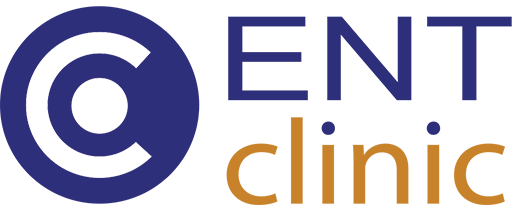Emerging problem Sleep Apnea
Sleep apnea is a condition in which a person’s breathing is repeatedly interrupted during sleep, resulting in snoring and gasping for breath. It can cause daytime sleepiness, headaches, and other health problems.
Here are some common treatments for sleep apnea:
-
Continuous positive airway pressure (CPAP) therapy: This is the most common and effective treatment for sleep apnea. It involves wearing a mask over your nose or mouth while you sleep, which delivers a continuous stream of air pressure to keep your airway open.
-
Oral appliances: These are custom-made devices that fit into your mouth like a sports mouthguard or an orthodontic retainer. They help to keep your airway open by repositioning your jaw and tongue.
-
Surgery: Surgery may be an option for severe cases of sleep apnea that do not respond to other treatments. There are several types of surgery, including uvulopalatopharyngoplasty (UPPP), which removes excess tissue from the throat, and maxillomandibular advancement (MMA), which moves the upper and lower jaws forward to enlarge the airway.
-
Lifestyle changes: Losing weight, avoiding alcohol and sedatives before bed, and sleeping on your side instead of your back can all help to reduce the severity of sleep apnea.
-
Positional therapy: This involves using devices or pillows to help you maintain a side-sleeping position, which can help reduce snoring and sleep apnea.
-
Inspire therapy: This is a newer type of treatment that involves a small device implanted under the skin of the chest that stimulates the nerves that control the tongue and other airway muscles during sleep, helping to keep the airway open.
It’s important to talk to your doctor about the best treatment options for your specific case of sleep apnea.
Sleep Endoscopy
Sleep endoscopy, or drug-induced sleep endoscopy (DISE), is a diagnostic procedure used to evaluate the upper airway in individuals who suffer from sleep-disordered breathing, such as snoring or obstructive sleep apnea (OSA).
During a sleep endoscopy, the patient is given a sedative to induce sleep, and an endoscope is inserted through the nose or mouth to visualize the upper airway. This allows the physician to observe the structures in the airway that may be contributing to sleep-disordered breathing, such as the tongue, soft palate, tonsils, or adenoids.
Based on the findings from the sleep endoscopy, the physician can make a more accurate diagnosis and determine the best course of treatment for the patient. This may include surgical intervention, such as uvulopalatopharyngoplasty (UPPP) or tonsillectomy, or using a continuous positive airway pressure (CPAP) machine to keep the airway open during sleep.

Our Clinics Working with the Teams






Tender nose troubles?
We got answers!


